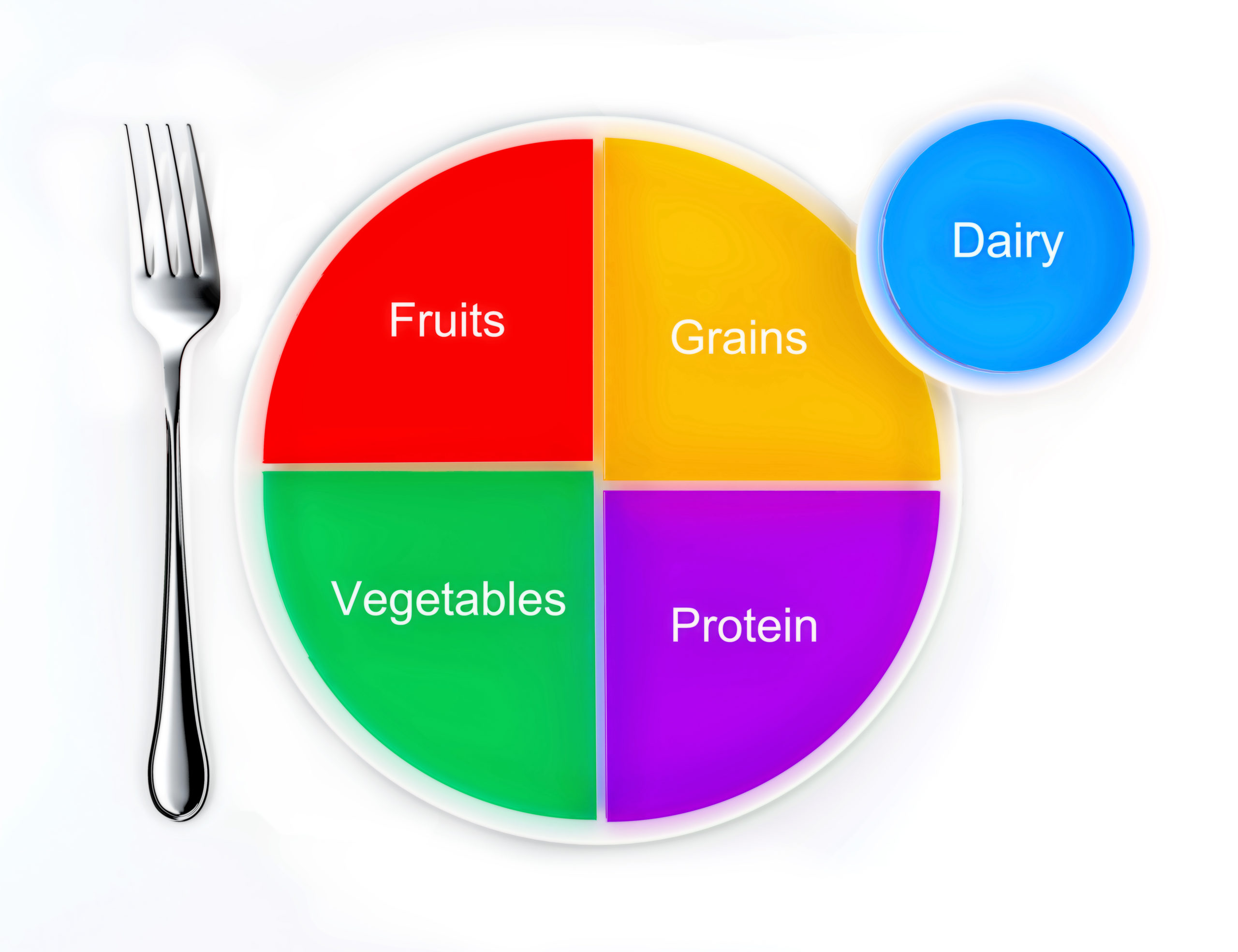Metabolic Syndrome and Nutrition

Although metabolic syndrome is a serious medical condition, it can be managed, treated and even prevented through healthful lifestyle changes. Waist circumference, triglycerides, cholesterol, blood pressure, and blood sugar are all factors used in diagnosing metabolic syndrome. By knowing this we can highlight various nutrition strategies that help to manage and/or prevent these risk factors. Adopting a general heart healthy eating pattern is one way to control and prevent metabolic syndrome. Let’s take a closer look at what a healthy eating plan might look like!

Eat a variety of nutrient dense foods from each food group.
The American Heart Association states that a healthy eating pattern includes intake of a variety of nutritious foods including vegetables, fruits, grains (half of which are whole grains), low fat dairy, lean protein foods, and oils or healthy fats. These nutrient dense food options provide your body with vitamins, minerals, antioxidants, fiber, and energy to take on each day!

Limit intake of added sugars, saturated fats, and sodium.
A healthful eating pattern has limited room for excess sugar, sodium and saturated fat. While these nutrients will likely all find their way into your diet in one way or another, it’s important that they are consumed in moderation. It is recommended to limit added sugar and saturated fat to less than 10% of daily calories and to consume less than 2,300mg of sodium per day. Limit your intake of highly processed foods, sugar sweetened beverages, and restaurant foods to help keep you from consuming these nutrients in excess. Be sure to use the nutrition facts label to help guide your choices.

Fill up with Fiber!
Fiber is found in plant based foods such as fruits, vegetables, whole grains, nuts, seeds and beans! Fiber helps to keep us feeling full and satisfied after a meal, improves bowel regularity, may help to keep blood sugars stable and can even help to lower cholesterol! It is recommended that individuals consume about 25-35 grams of fiber per day. There are so many ways to add fiber to your diet! You might try choosing a piece of fruit for a snack or adding a serving of mixed nuts to your next meal. It’s as simple as that!

Use MyPlate to help create balanced meals!
The USDA’s MyPlate is a simple tool that can help you to create well-balanced, nutritious meals. As seen in the image, MyPlate divides your plate into the five food groups to ensure that you are not only consuming a variety of nutritious foods, but also focusing on healthful portion sizes. My plate encourages you to fill 1/2 of your plate with fruits and vegetables, ¼ of your plate with grains (preferably whole grains) and the final ¼ of your plate with lean protein foods. You’ll notice that on the side, there is also room for low fat dairy. Although oils and healthy fats are an important part of a healthy diet, they do not have their own section on the MyPlate as they are usually found in other components of our food such as in dressing on a salad, used to sauté vegetables, or found in our protein foods such as fish or nuts. By utilizing the MyPlate method you set yourself up for a nourishing plate that promotes the various recommendations above and promoting a lifestyle that helps to reduce the risk factors for metabolic syndrome.

Plan ahead!
You don’t have to spend hours in the kitchen on Sunday’s preparing your weekly meals, however having some kind of plan in place can really help you to stay on track as you work towards your nutrition goals. Some simple tasks that may help include:
- Keep a reusable water bottle by your side all day so that you are reminded to stay hydrated.
- Wash and chop your fresh produce immediately after purchasing so that it is ready to eat when you are.
- Divide snacks into individually portioned bags or containers so that they can easily be ready to grab and go during your busy week.
- Prepare lunches and snacks in the evening so they are ready to go for the following workday.
- Utilize frozen or canned produce when convenience is needed.
- Plan a tentative “menu” for your week to help you create a grocery list.

Connect with CC3 for Assistance!
Unsure of where to start on your health and wellness journey? Making lifestyle changes and sticking to them can be challenging in today’s world. We’re here to help! At ConnectCare3, our team of health coaches, registered nurses, and registered dietitians are here to partner with you on your quest to optimal health. Reach out today to connect with one of our team members and get started!
